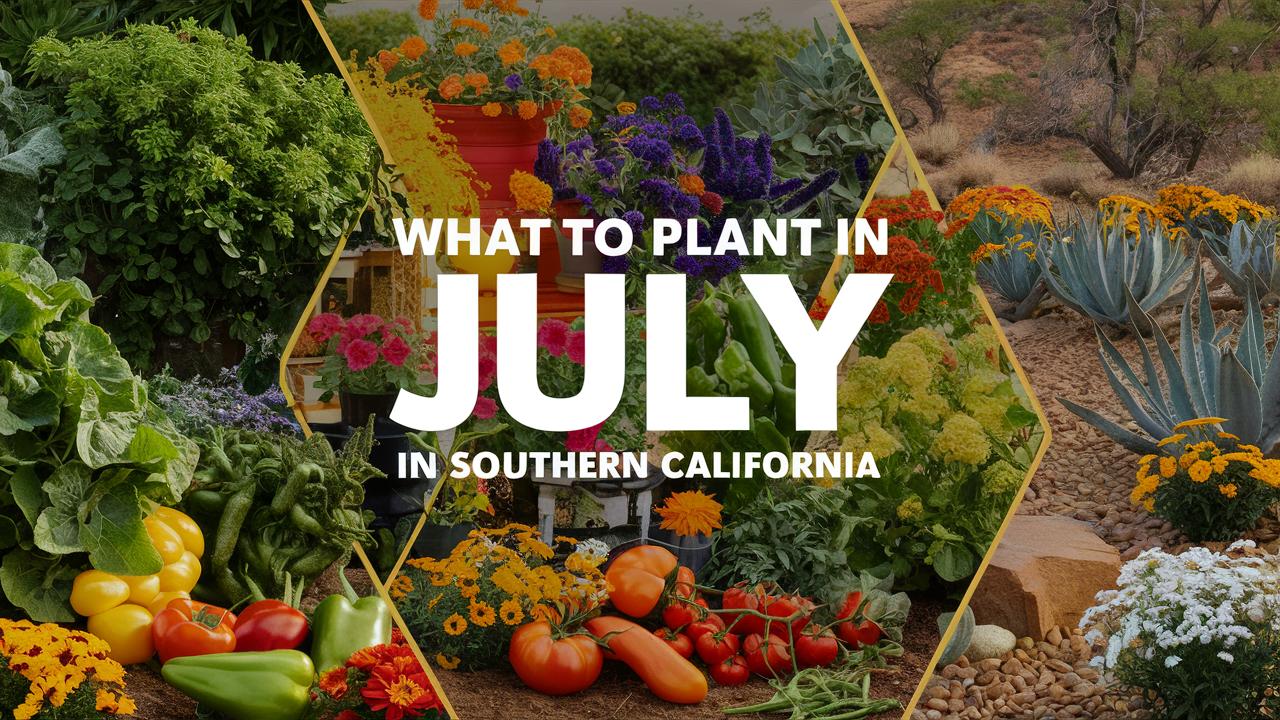This guide will dig into what you can sow during this vibrant mid-summer month across the various USDA hardiness zones that define Southern California.
Vegetables To Plant
Vegetable gardening can be exceptionally rewarding, and July provides a great window for planting warm-season crops in Southern California’s various USDA zones. The most common zones you’ll encounter in Southern California are USDA Zones 9 and 10. Here are ten vegetables to consider planting this month.
Tomatoes
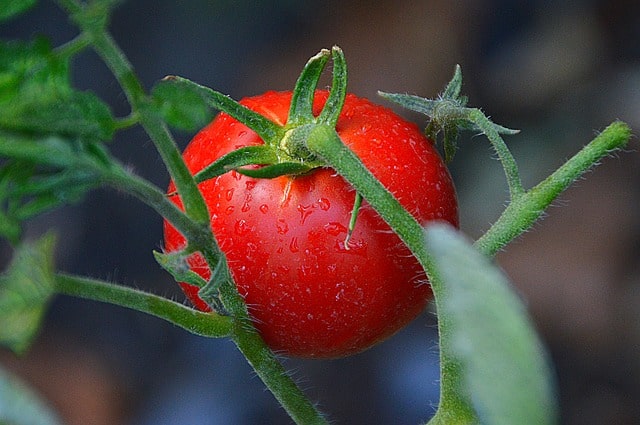
Tomatoes thrive in the warm sun and well-drained soils of Southern California. In July, you can still plant heat-tolerant varieties, which will produce an abundant summer crop. Choose indeterminate types like ‘Sun Gold’ or ‘Sweet 100’, which can bear fruit until frost. They prefer daytime temperatures over 70°F but can handle heat stress if adequately watered. Be mindful to provide trellising support, and anticipate a rich harvest as the summer progresses.
Peppers

Like tomatoes, peppers are heat-lovers that flourish in Southern California’s warmth. July is ideal for sowing both sweet and hot pepper varieties, such as ‘California Wonder’, ‘Jalapeño’, and ‘Serrano’. These plants prefer soil temperatures of at least 65°F and can withstand the mid-80s to 90s without issue, provided they receive regular watering. Note that over-fertilization can lead to leafy growth at the cost of fruit yield, so use a balanced fertilizer sparingly.
Cucumbers
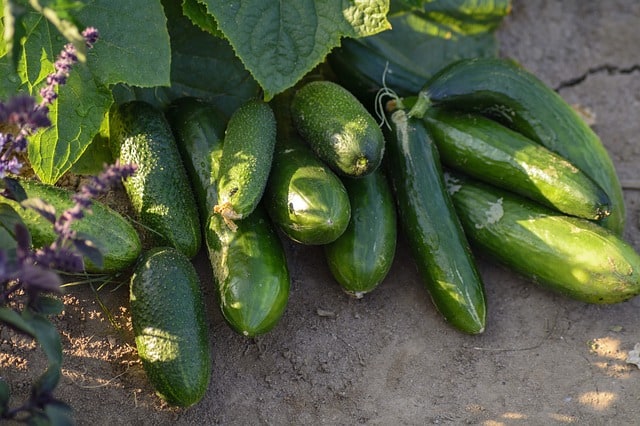
Cucumbers are another fantastic warm-weather vegetable that can be planted in July. Opt for fast-growing varieties like ‘Marketmore’ or ‘English Cucumbers’. These plants thrive in the summer heat, requiring temperatures of 70°F to 90°F to germinate effectively. With their sprawling growth habit, they benefit from trellising, which allows healthier air circulation and simplifies harvest. Regularly monitoring for pests such as cucumber beetles is vital for maintaining healthy plants.
Squash
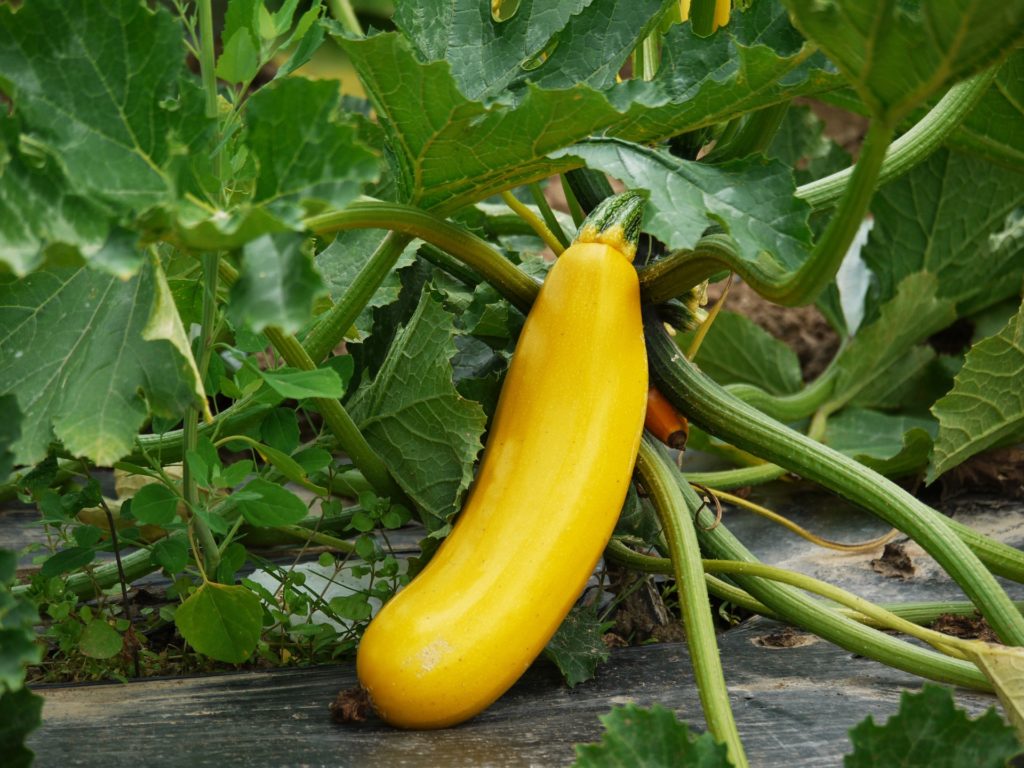
Both summer and winter squash can be seeded in July. Summer squash varieties such as ‘Zucchini’ and ‘Yellow Crookneck’ are especially productive. They favor soil temperatures of 60°F to 90°F and can flourish under Southern California’s sun. Ensure consistent moisture, particularly during the fruiting stage, for optimal growth. Winter squash, like ‘Butternut’, can also be started; however, be prepared for longer maturation times since they are harvested later in the season.
Beans
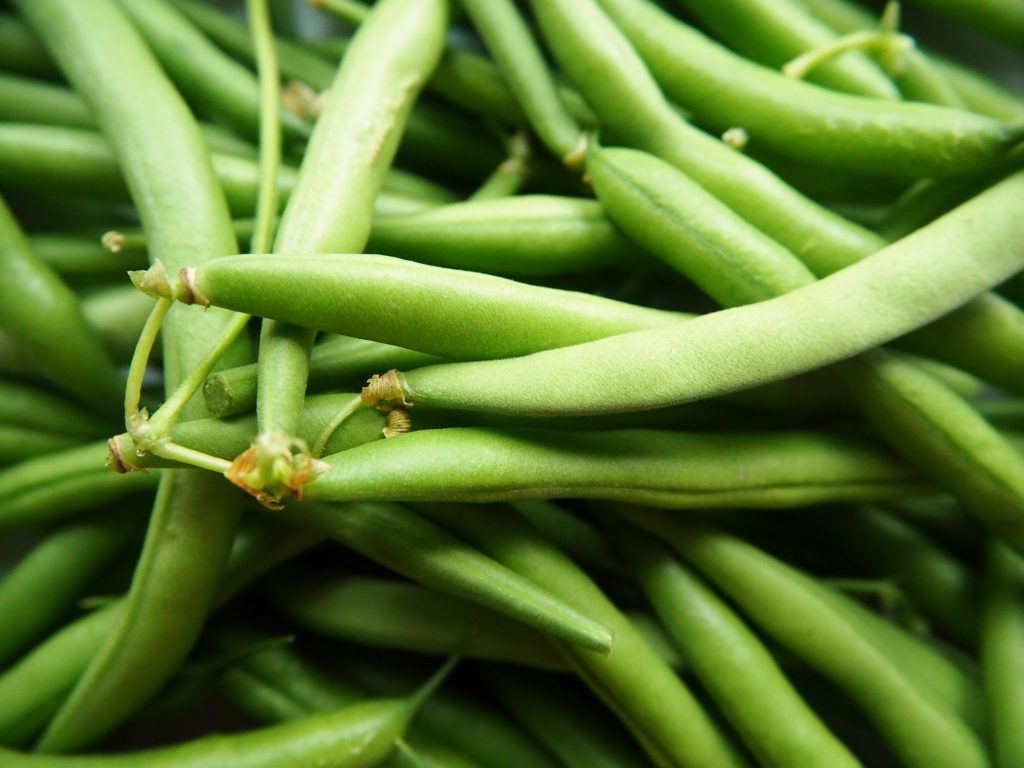
July is prime time for planting various types of beans, such as bush beans (e.g., ‘Blue Lake’) and pole beans (e.g., ‘Kentucky Wonder’). Beans thrive in well-drained soil and prefer full sun with temperatures above 70°F, making them perfectly suited for Southern California’s climate. Moreover, beans fix nitrogen in the soil, enriching it for subsequent crops, which is beneficial for any crop rotation strategy post-harvest.
Carrots
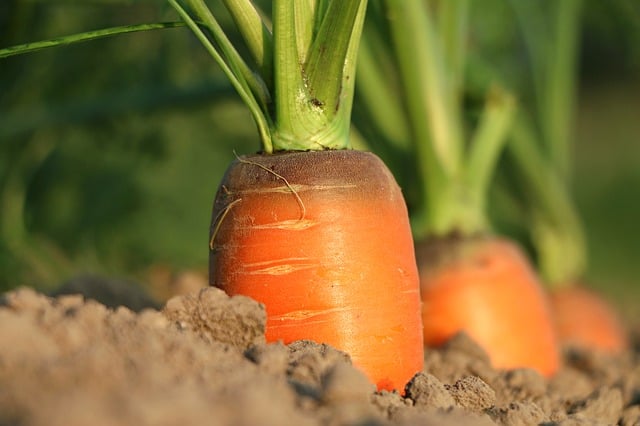
Root vegetables, such as carrots, can be sown in July, particularly short varieties like ‘Little Finger’ or ‘Nantes’, which thrive in sandy soil. Carrots require cooler soil temperatures to germinate effectively, ideally around 55°F to 75°F. If planted in heat, they may become deformed. Be sure to keep the soil consistently moist for best results, and perform thin planting to avoid overcrowding.
Basil
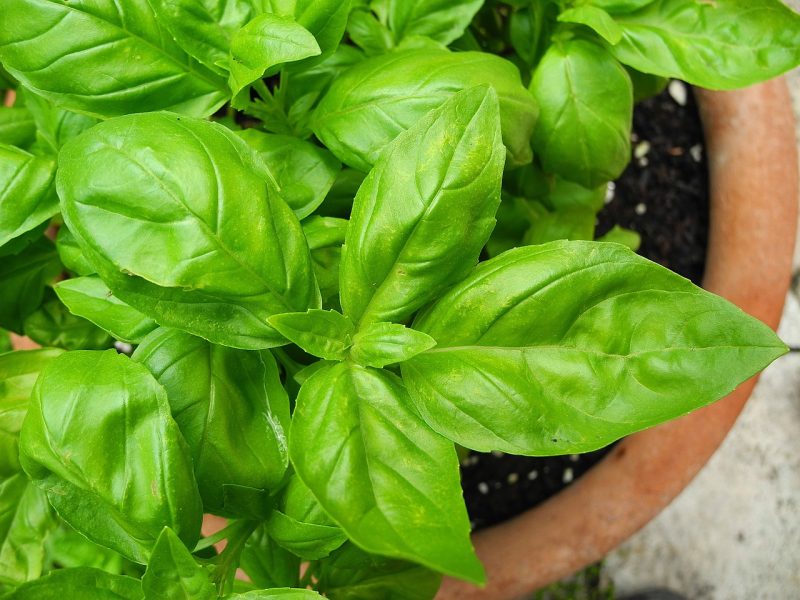
While often considered an herb, basil can function as a green in your garden and is perfectly suited for July planting. Varieties like ‘Genovese’ and ‘Thai’ thrive in hot climates and love well-drained soil. Basil demands consistent moisture and benefits from regular harvesting, which encourages bushier growth and prevents flowering. It’s a perfect companion for tomatoes and is great for culinary uses.
Radishes
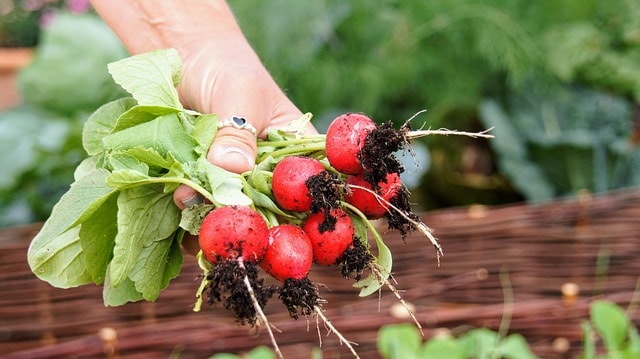
Radishes are quick-growing and can be interplanted with slow-growing crops, making them ideal for July. Varieties like ‘Cherry Belle’ and ‘Black Spanish’ can thrive even as summer temperatures peak. Plant the seeds directly in well-tilled, fertile soil, ensuring enough water to prevent them from becoming tough and bitter. Radishes are generally ready for harvest in about 25 to 30 days.
Melons
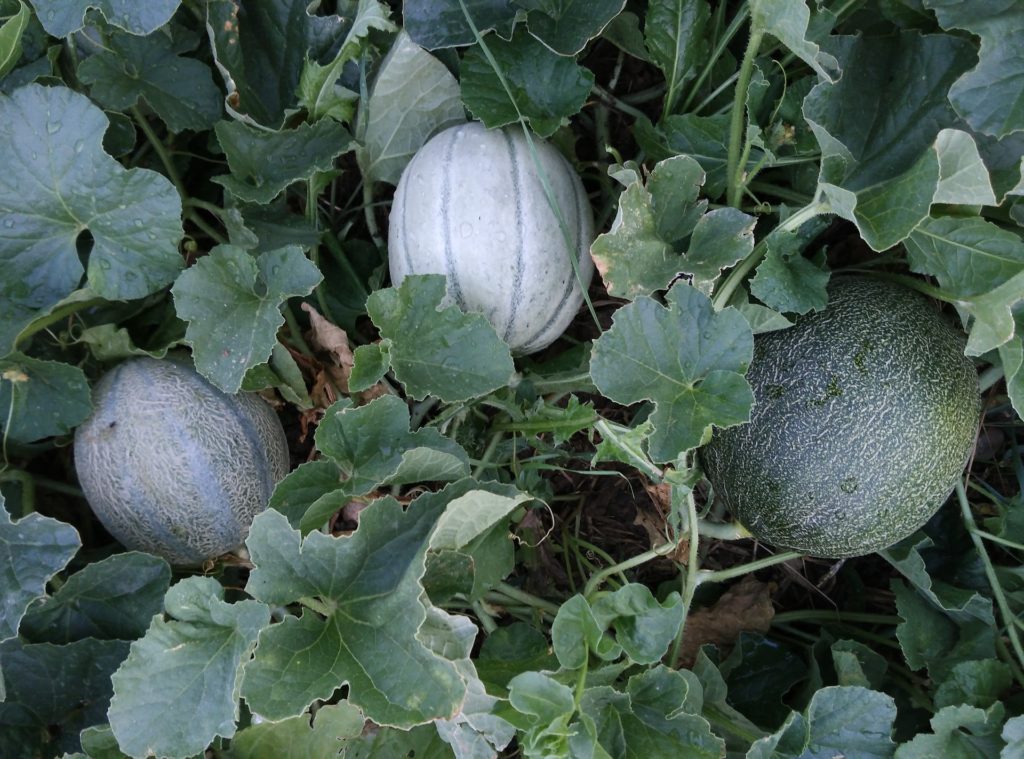
Melons, including cantaloupe and watermelon, can be planted in July for a ripe late-summer harvest. Varieties like ‘Honeydew’ or ‘Sugar Baby’ have shorter growth cycles, allowing you to harvest in late summer even when planted in July. They thrive in hot temperatures, requiring full sun and consistent moisture. They do need ample space to sprawl, making them best suited for expanded garden beds.
Sweet Potatoes
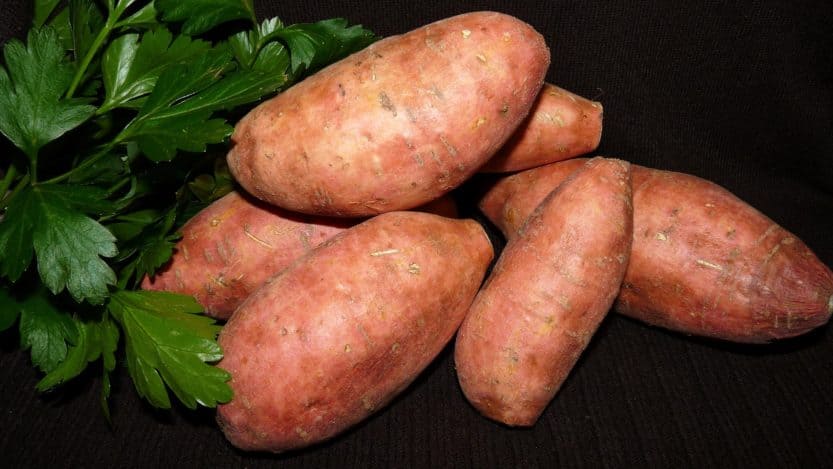
Sweet potatoes are best started in July in Southern California. These tubers prefer warm soil (70°F or above) and thrive in sandy loam soils that drain well. Opt for slips (young plants) rather than seeds, as they tend to establish quickly. Water these plants consistently, as they prefer about 1 inch of moisture weekly, to support their growth until harvest late in the fall.
Flowers To Plant
July is an excellent time to plant flowers that can thrive in the heat of summer and bloom beautifully by fall. Exploring vibrant annuals and perennial flowers that can withstand the Southern California climate will enhance your garden’s aesthetics and attract pollinators.
Sunflowers

Sunflowers are a delight to grow, and they thrive in the full sun of July. Varieties like ‘Giant Graystripe’ or ‘Autumn Beauty’ love heat and can tolerate direct sunlight. They require well-draining soil and demand regular watering once germinated. Sunflowers grow quickly and can offer a burst of color that brightens your garden, plus they also attract helpful pollinators.
Zinnias

Zinnias are hardy flowers that can withstand Southern California’s summer heat. July is perfect for sowing seeds of varieties such as ‘Zinnia Elegans’ or ‘Cactus Zinnias’. They prefer full sun and well-drained soil and will bloom continuously when deadheaded. Zinnias bloom in various colors and can be used for cut flower arrangements if picked regularly.
Marigolds
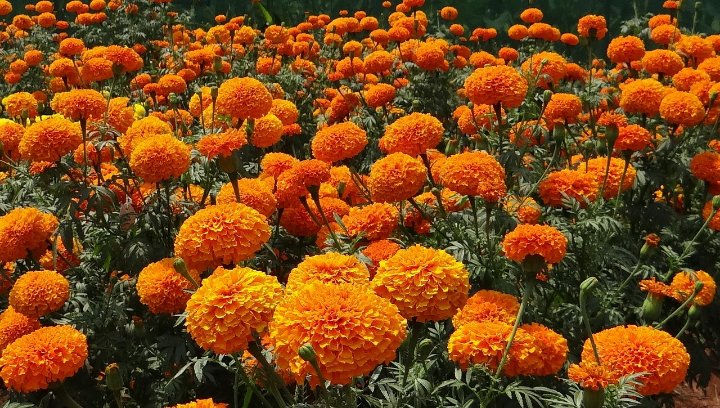
Known for their resilience, marigolds are a great choice for July planting. They can repel harmful pests while adding a splash of color to your garden. Varieties such as dwarf marigolds or ‘African Marigolds’ can flourish in the warm sun and well-drained soil. These cheerful blooms are also excellent for companion planting with vegetables, enhancing growth and deterring nematodes.
Cosmos

Cosmos are easy to grow and can thrive in hot, dry conditions, making them perfect for summer planting. Varieties like ‘Sensation Pink’ or ‘Double Click’ love full sun and well-draining soils. These flowers bloom from midsummer to fall and attract butterflies, adding movement and life to your garden. Regular deadheading can encourage continual blooming throughout the summer.
Lantana
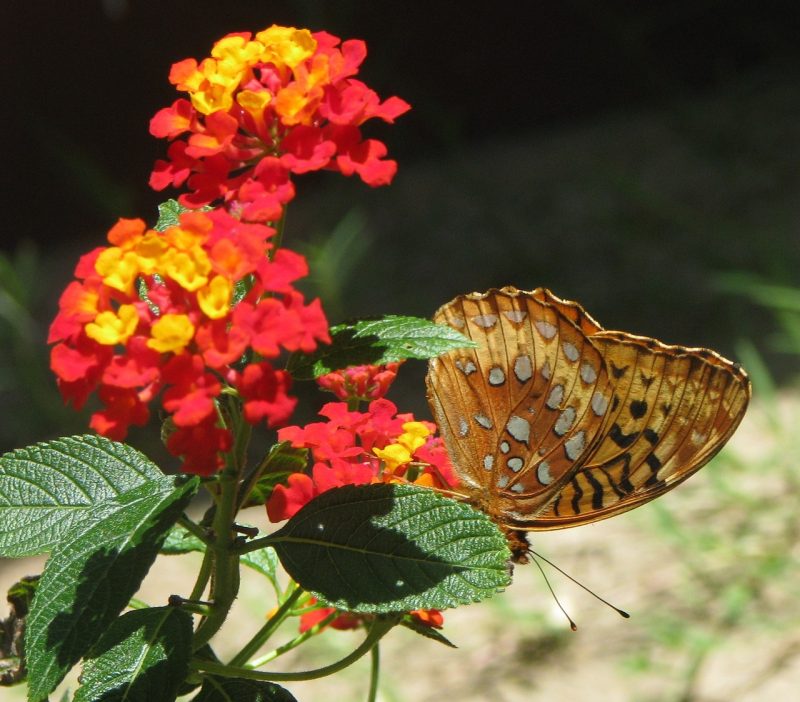
Lantanas are hardy perennial flowers that can withstand heat and drought, often found adorning Southern California gardens. Plant them in July to ensure they bloom from summer through fall. Options like ‘Patriot Cascade’ or ‘Lantana Montevidensis’ are especially popular. They are excellent for attracting butterflies and provide vibrant color with minimal maintenance.
Salvia
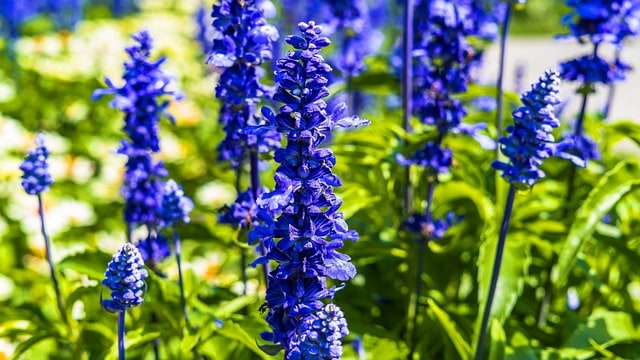
Salvia is a versatile flowering plant that can thrive in various conditions across Southern California. Varieties like ‘Salvia nemorosa’, ‘Mystic Spires’, or ‘Mealy Cup’ can be established in July. They prefer well-drained soil and full sun, blooming throughout the summer. Salvia also attracts pollinators, making it beneficial for garden biodiversity.
Ageratum

Ageratum is a beautiful annual that can bring a cloud of blue to your summer garden. Sow seeds in July, and they will bloom in a few short weeks. They prefer full sun and well-drained soil and thrive in temperatures ranging from 70°F to 85°F. With regular watering, Ageratum can thrive and produce soft, fluffy clusters of flowers to edge beds or containers.
Rudbeckia
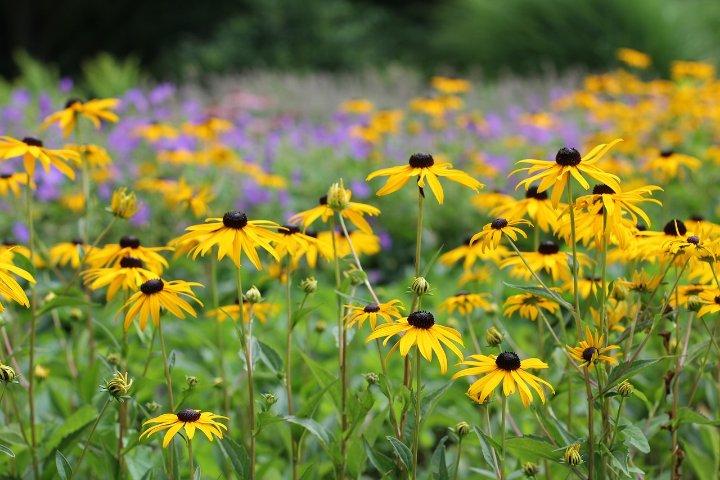
Rudbeckia, also known as black-eyed Susans, are perennial plants known for their golden flowers with dark centers. July is an ideal time to plant young plants or seeds in Southern California. They prefer well-drained soil and can thrive in a range of sun conditions. Once established, they are drought-tolerant and can bloom abundantly until frost.
Petunias
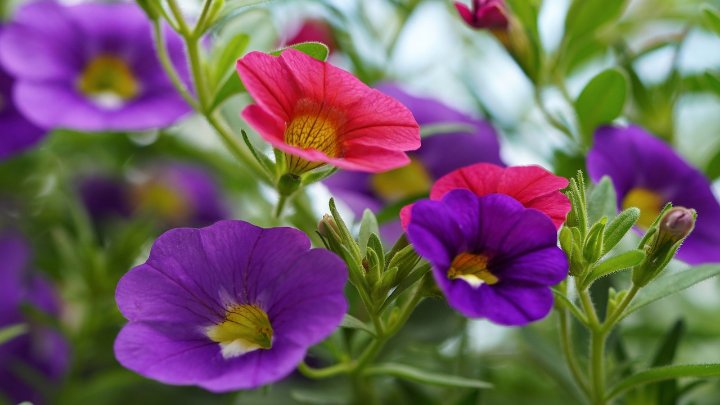
Petunias are another delightful summer flower that can be planted in July. They thrive in a sunny spot and well-drained soils. Try varieties like ‘Wave Petunias’ or ‘Super Petunias’ for their trailing habit and variety of colors. Regular deadheading encourages continuous blooms throughout the summer, making them an ideal addition to containers or hanging baskets.
Gaillardia
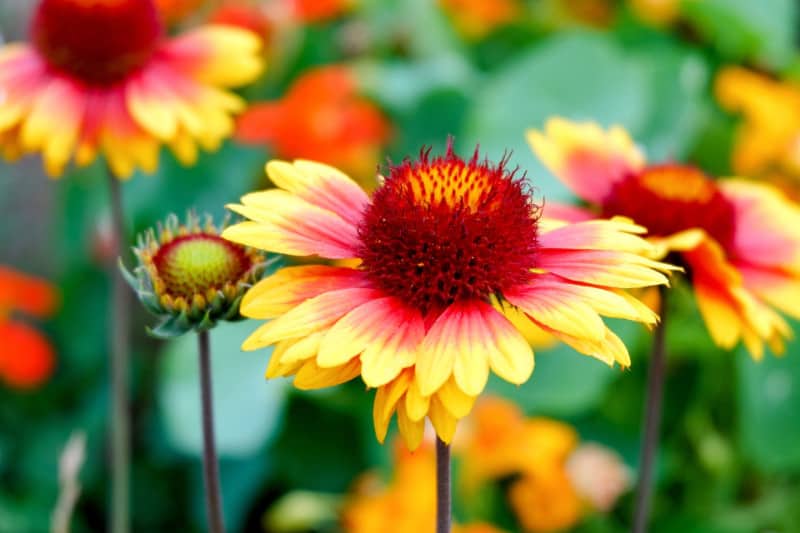
Gaillardia, or blanket flower, is known for its vibrant daisy-like blooms that thrive in hot and dry conditions. Plant them in July to enjoy a bright display of color in your summer garden. They are drought-tolerant and can spread quickly, enhancing areas of the garden with their cheerful presence.
Herbs To Plant
July brings forth warm weather, making it a prime time to sow culinary and medicinal herbs. Southeastern California’s climate provides a perfect opportunity to grow these aromatic plants that enhance culinary dishes and offer health benefits.
Basil

Basil is an absolute must for any herb garden in July. Thriving in warm soil, it grows rapidly when temperatures are warm (70°F to 90°F). Varieties like ‘Genovese’, ‘Thai’, and ‘Purple Ruffles’ are perfect options. Make sure to keep the soil consistently moist for best flavor; pinch off flowers to extend its productive phase and continue harvesting throughout summer.
Dill
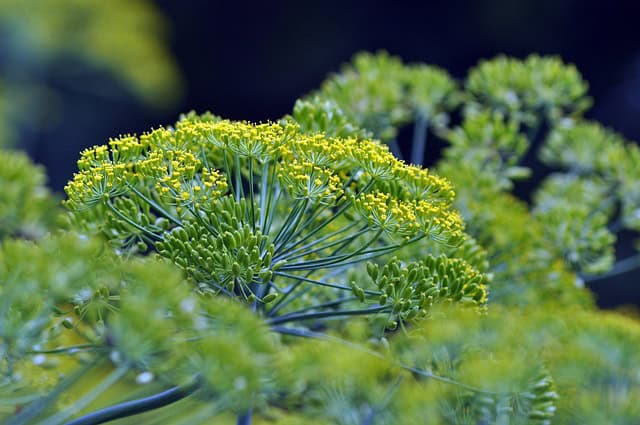
Dill seeds can be sown directly in July for a late summer harvest. They thrive in full sun, requiring well-drained soil and temperatures around 70°F to 80°F. Dill grows best when planted in succession every few weeks, ensuring a continual supply of fresh leaves and seeds, perfect for seasoning pickles and salads.
Cilantro
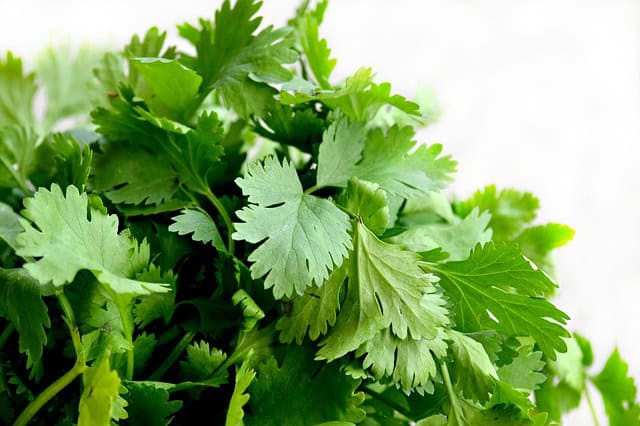
Cilantro is best planted in July for a late summer harvest, especially in cooler coastal areas. It should be sown directly in well-drained, fertile soil. Cilantro prefers a sunny location but can handle partial shade during the hottest part of the day. Be mindful that it tends to bolt in extreme heat, so regular harvesting will keep it productive longer.
Oregano
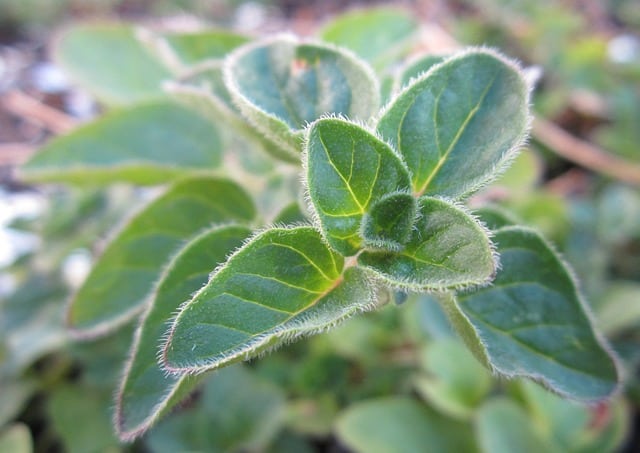
Oregano loves warm weather and can be sown in July across Southern California. It thrives in well-drained soil and does best when temperatures range from 70°F to 80°F. Both culinary and ornamental varieties can flourish, and with regular trimming, you can enjoy vigorous growth and abundant leaves for your cooking.
Thyme
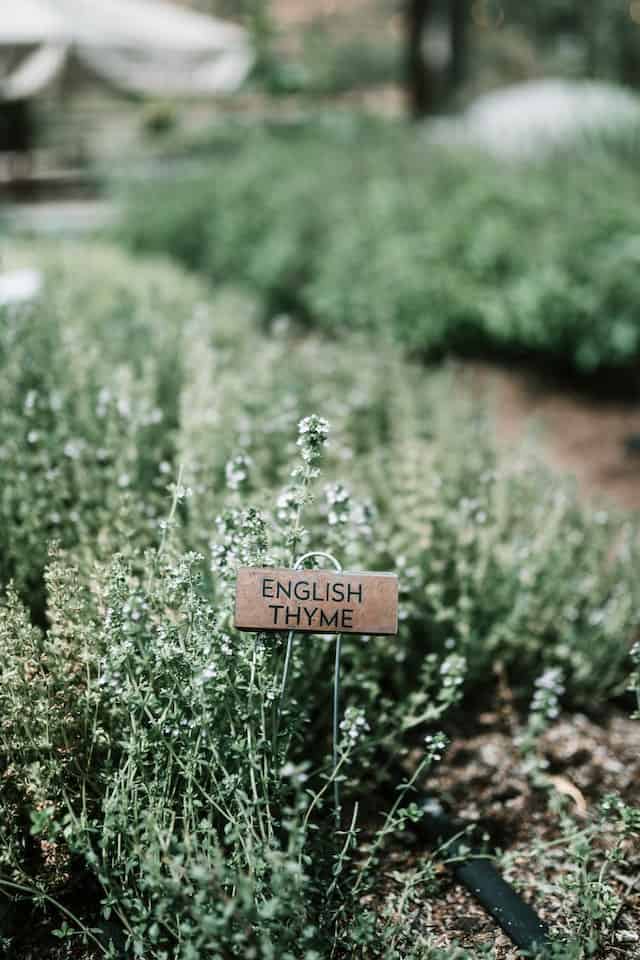
Thyme is a drought-resistant herb that flourishes during the summer months. It can be established in poor soil conditions, thriving under sunny, warm exposure (between 60°F and 80°F). Serving both culinary and ornamental purposes, thyme requires minimal upkeep and can be harvested frequently through the summer.
Sage

In July, sage can be planted in well-drained, sandy soil enriched with organic matter. Sage enjoys full sun and prefers temperatures ranging from 60°F to 70°F. Varieties like ‘Common Sage’ or ‘Pineapple Sage’ not only add flavor to dishes but also attract pollinators when blooming, making it a multifunctional plant.
Chives

Chives produce tender, flavorful leaves and delightful round blooms, making them a suitable herb to plant in July. These hardy perennials prefer well-drained soil and full sun. Chives can withstand light frosts, thus providing an extended season of fresh shoots and flowers.
Tarragon
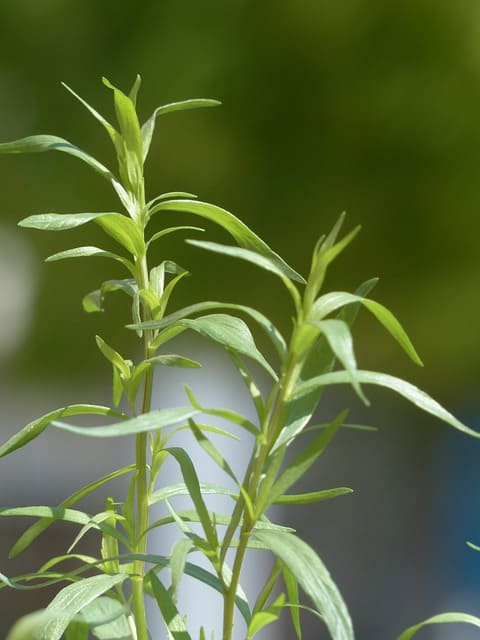
July is a good month to plant tarragon in Southern California’s warmer climates, as this herb thrives in well-drained soil and full sunlight. French tarragon is particularly popular for culinary use and should be spaced appropriately to allow for its sprawling nature. Water regularly during dry spells for a rich harvest.
Peppers (for Spicing)
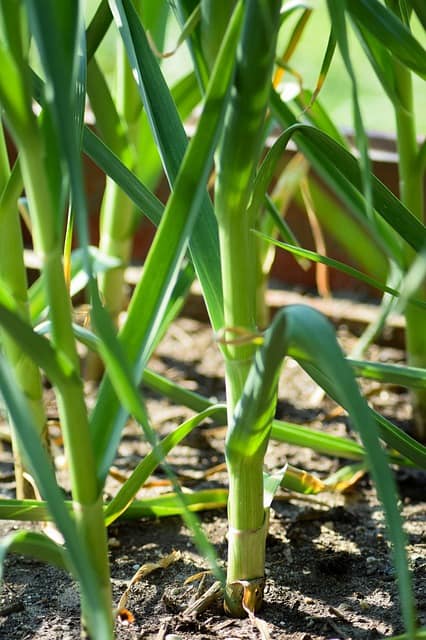
While often categorized with vegetables, peppers are also vital in herb gardens for spicy flavor. Hot varieties, including jalapeños and serrano, can be planted in July in Southern California. They enjoy the full sun, well-draining soil, and consistent moisture, ensuring they reach their peak fiery flavors during summer.
Mint
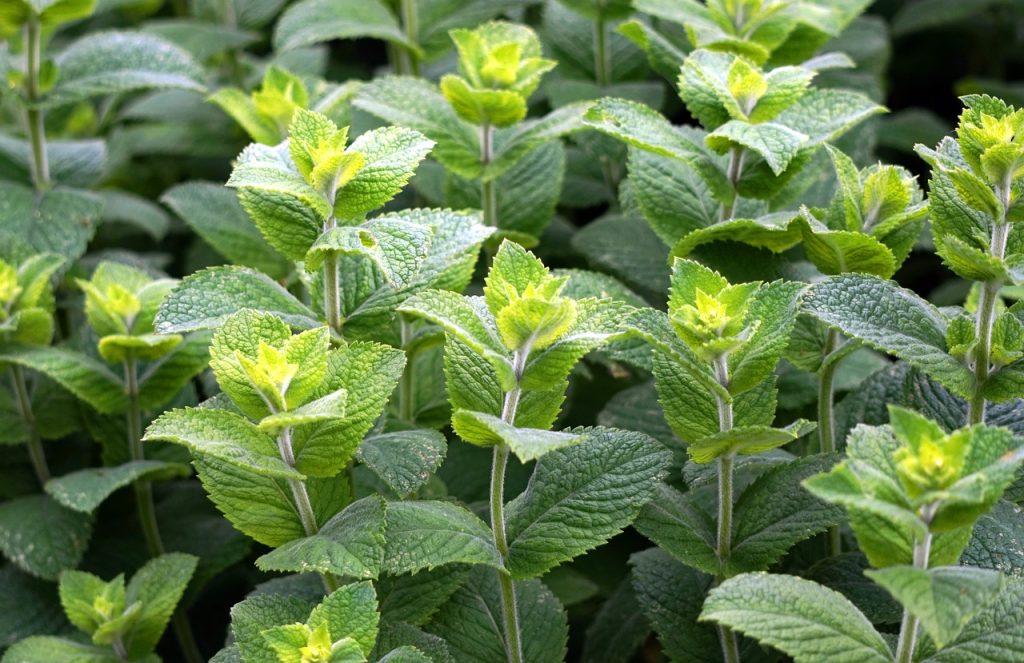
Mint can be planted in July but requires a bit more care to manage its flowering tendency and invasive growth. It’s best grown in containers to control its spread. It thrives in cool, moist conditions, making shaded areas ideal, though it can tolerate sunny spots as long as it gets enough water. Mint can be harvested continuously, producing fresh flavor for beverages and culinary uses.
Landscape Plants To Plant In July
Landscape plants significantly enhance curb appeal and create inviting outdoor spaces. July is an excellent time to sow perennials and shrubs that will thrive in the Southern California heat while maintaining beautiful aesthetics in your garden.
Agapanthus

Agapanthus, or African lily, is perfect for creating bold color in your landscape. Plant them in well-drained soil in full sun to partial shade for optimum flowering. They are drought-tolerant once established and will produce stunning clusters of blue or white flowers throughout the summer.
Lavender

Lavender thrives beautifully during the summer months. It prefers well-drained soil and full sun exposure, making it an excellent choice for drought-tolerant landscapes. Additional benefits of gardening with lavender include attracting beneficial pollinators and offering calming fragrance when the flowers are in bloom.
Salvia

Salvia is another fantastic addition to landscape design in July, as it tolerates heat and drought very well. With various species and varieties available, salvia provides stunning colors and attractive foliage. They bloom from midsummer into fall, enriching your garden aesthetics while attracting pollinators.
California Poppy
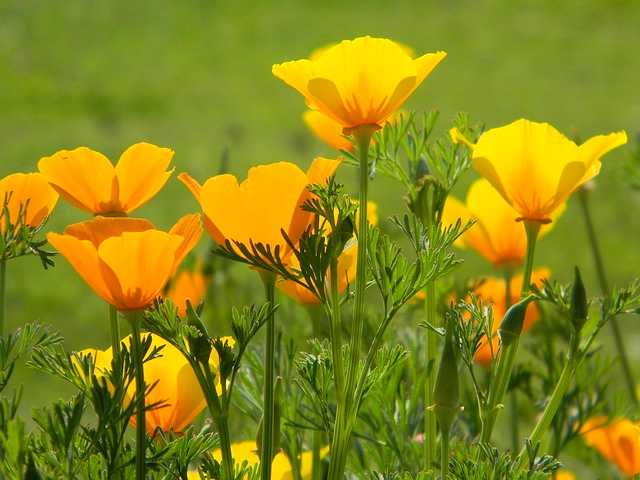
As California’s state flower, the California poppy is a must-plant for any local garden. While they primarily bloom in the cooler seasons, sowing seeds in July will allow them to establish and enhance your landscape come autumn. They are drought-tolerant and thrive in poor soils, making them low-maintenance.
Echinacea
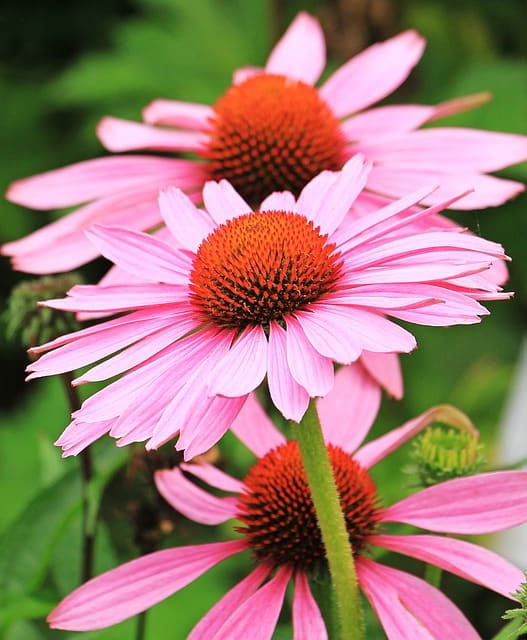
Echinacea, or coneflower, offers vibrant blooms that can withstand summer heat. Planting in July gives them time to establish well in full sun while still delivering color into the fall. They are drought-resistant, making them perfect candidates for low-maintenance gardens.
Ornamental Grasses
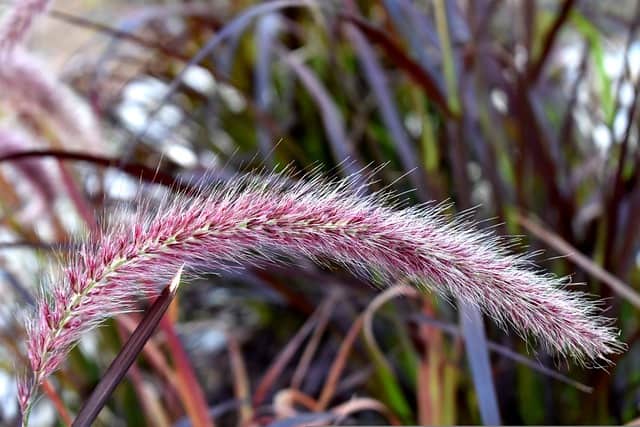
Incorporating ornamental grasses can add texture and movement to any landscape. Varieties like ‘Panicle Grass’ or ‘Fountain Grass’ can thrive in the warmth of July. These grasses work well in dry areas and can withstand heat, enhancing visual interest while requiring very little water once established.
Bougainvillea
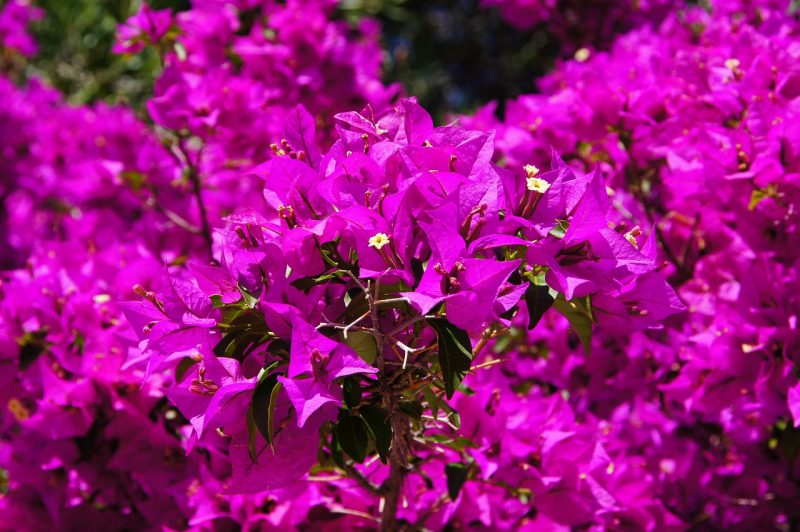
Bougainvillea is renowned for its vibrant, papery flowers, making it a favored addition to Southern California’s landscape. This resilient plant thrives in dry soil and full sun, making it a perfect choice for hot climates. Train it against walls or trellises for a beautiful cascading effect.
Hummingbird Sage
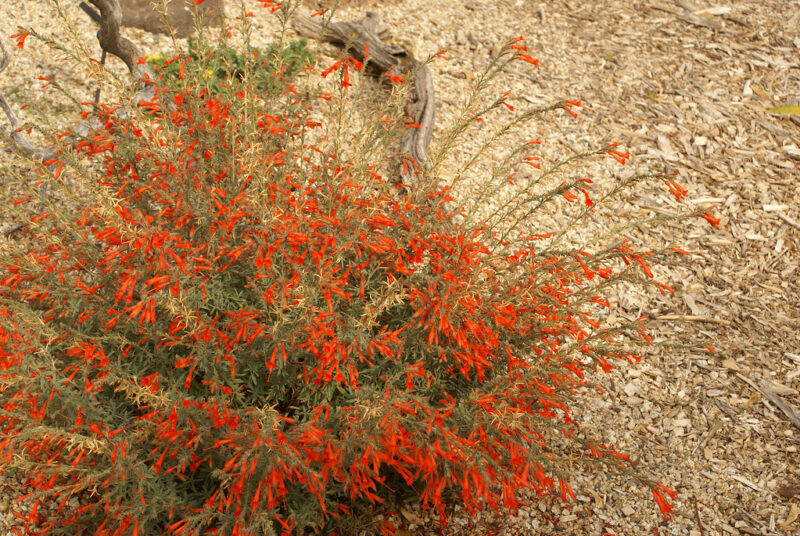
Hummingbird sage is an endemic plant that naturally attracts pollinators. Planting it in July allows it to establish roots during the warm summer months. It flourishes in well-drained soil and full sun and will bloom into fall, providing vibrant color and support for local wildlife.


